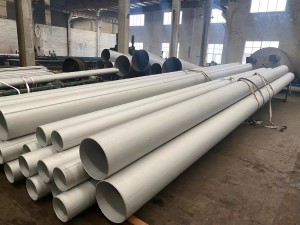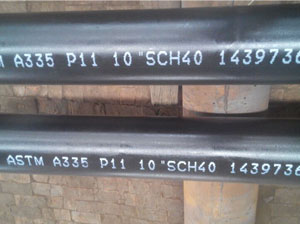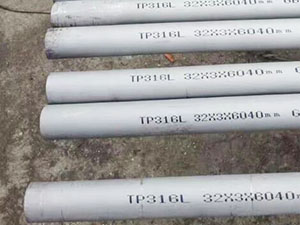Annealing is a process of heat treatment of metals, in which a metal is slowly heated to a certain temperature, held for enough time, and then cooled at a suitable rate.The purpose is to reduce the hardness, improve the machinability;Eliminate residual stress, stabilize size, reduce deformation and crack tendency;Refining grain, adjusting structure and eliminating defects.Precisely speaking, annealing is a kind of heat treatment process for materials, including metallic materials and non-metallic materials.Moreover, the purpose of annealing of new materials is similar and different from that of traditional metal annealing.
Annealing heat treatment is divided into complete annealing, incomplete annealing and stress relief annealing, diffusion annealing, spheroidizing annealing, recrystallization annealing. The mechanical properties of annealed materials can be detected by tensile test or hardness test. We have a special laboratory to do these tests. Many steel products are supplied in the state of annealing and heat treatment. Rockwell hardness tester can be used to test the hardness of steel. For thinner steel plates, steel strips and thin-walled steel pipes, surface Rockwell hardness testers can be used to test HRT hardness. .Heating the steel to a certain temperature above or below the critical point Ac1, holding it for a period of time, and then cooling it slowly in a furnace or buried in a furnace or a medium with poor thermal conductivity to obtain a stable structure close to an equilibrium state .
Purpose
① Improve or eliminate various structural defects and residual stresses caused by steel casting, forging, rolling and welding, and prevent deformation and cracking of workpieces;
② soften the workpiece for cutting; ③ refine the grain and improve the structure to improve the mechanical properties of the workpiece;
④ Make organizational preparations for final heat treatment (quenching, tempering).





